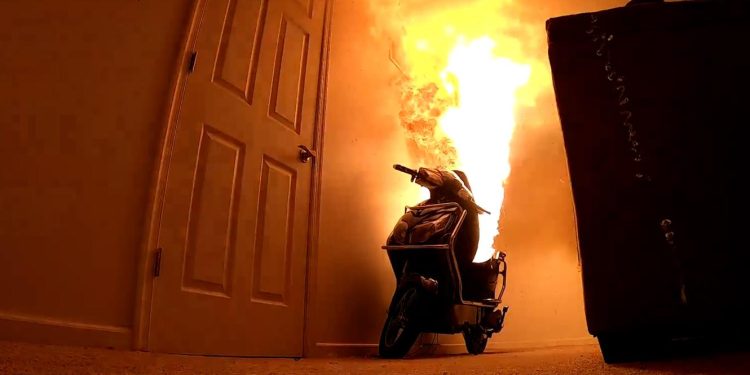Rules needed for EV battery disposal to avoid major fires
Words NZ Autocar | Images RNZ
Another major fire at an Auckland recycling facility has renewed concerns about the regulatory vacuum surrounding the end-of-life management of lithium-ion batteries in New Zealand.
Insurance professionals, recyclers, and importers are warning that as the use of EV batteries increases, so too does the potential for fire and liability incidents.
National oversight is needed according to the Imported Motor Vehicle Industry Association (VIA). It is urging the government to implement a national approach to the reuse and recycling of EV batteries.
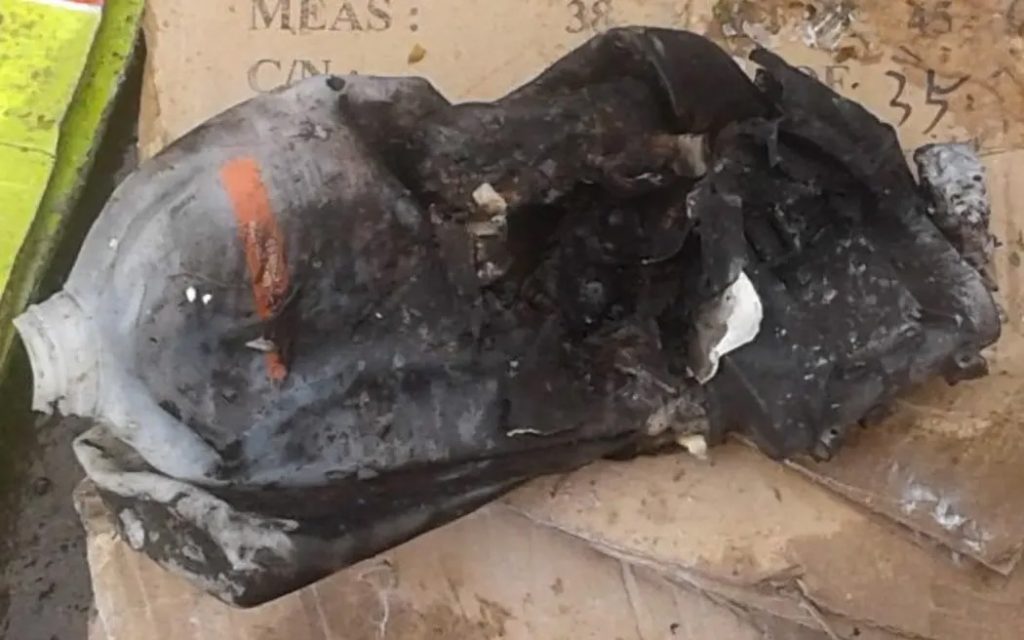
A recent report from the group outlined shortcomings in current practices and the absence of nationally recognised safety guidelines.
A rising risk of battery-related fires
VIA chief executive Greig Epps said: “We’re putting lithium batteries into the community at scale. But we don’t have a clear plan for what happens when they reach the end of their life.”
The VIA report, led by technical head Malcolm Yorston, described a ‘fragmented operating environment’.
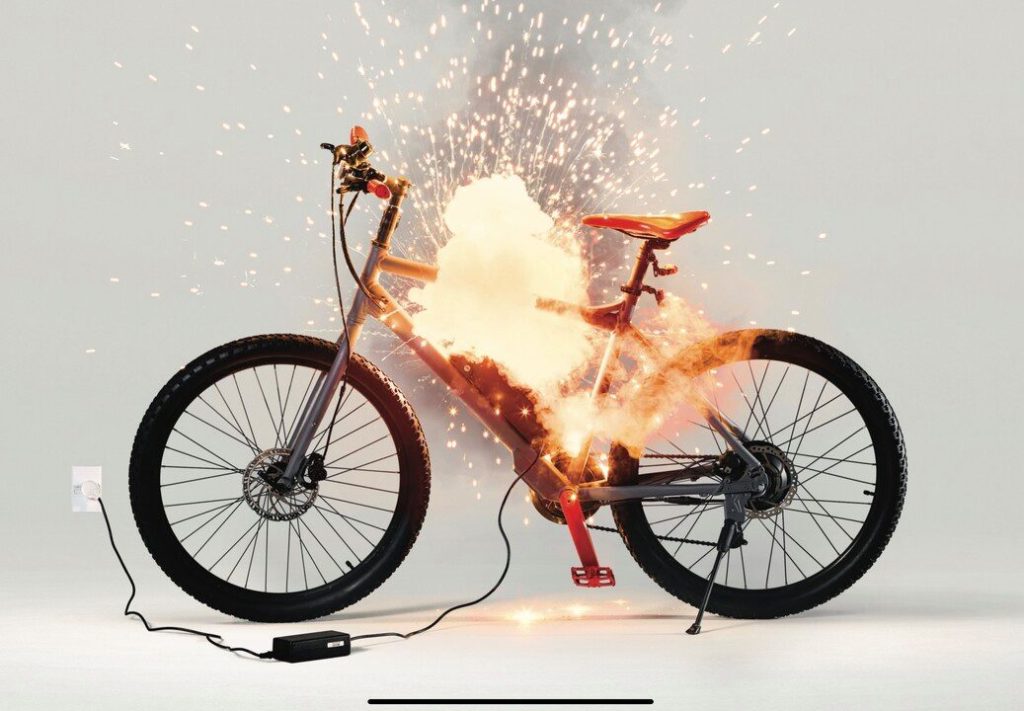
Businesses that repurpose EV batteries often rely on international standards. However, these may not be tailored to New Zealand’s specific conditions and may also lack formal regulatory support.
Various other factors, such as a range of types of EV battery, have complicated risk assessments for insurers.
Some providers have already reduced or removed coverage for reused battery systems in residential and commercial installations.
Recently released AMI Insurance data showed a 17 per cent year-on-year increase in lithium-ion battery-related fire claims. More than one-half of these claims involved devices that were not actively in use. That suggests a need for increased safety awareness and risk mitigation.
Moreover, battery fire claims spanned multiple categories, including motor (27%), contents (25%), home (23%), and commercial (23%). Marine-related incidents accounted for only a small percentage of claims.
Countermeasures
VIA has outlined a three-pronged approach to address the growing concerns.
First, implement safety standards and a registry system. A national framework for safe handling of EV batteries and a central registry to track battery movement and ownership are needed.
Secondly, it is important to define end-of-life ownership, i.e., who is responsible for a battery once it is no longer in use. That would help clarify accountability and reduce legal ambiguity.
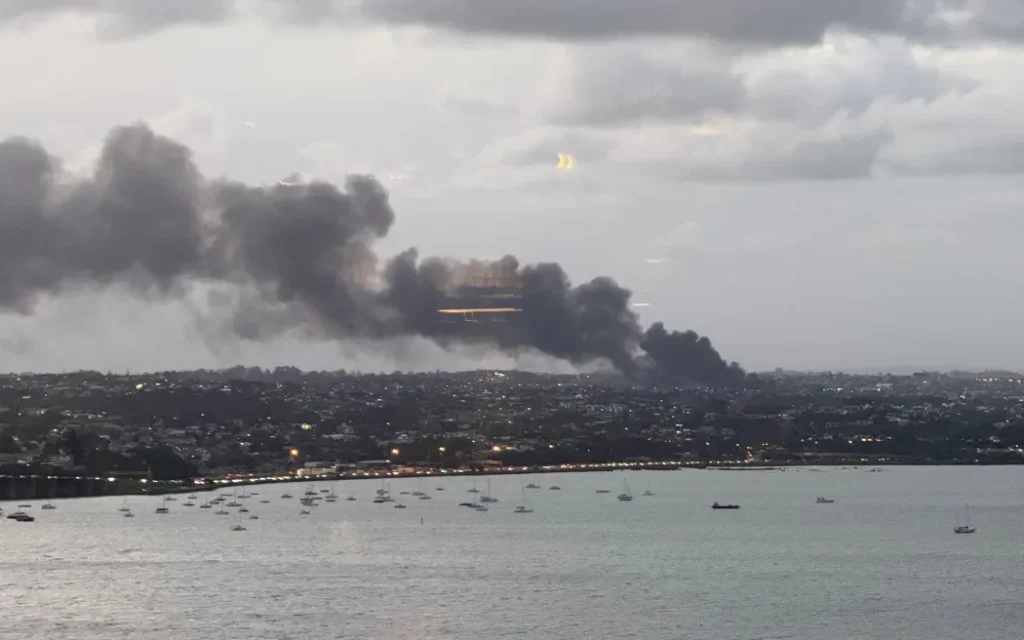
Thirdly, a support infrastructure is needed. That requires funding for safe storage facilities, handling technologies, and certified training programs. Potentially this could be facilitated by the Energy Efficiency and Conservation Authority (EECA).
International models from the European Union and China could be adopted.
Disposal practices under scrutiny
Improper battery disposal has also led to an increase in waste collection vehicle fires.
Wayne Tippet, AMI’s executive general manager of claims, recommended using designated collection facilities available at hardware retailers and e-waste sites across the country.
Batteries and battery-powered devices must not be binned with household waste. There are already collection facilities around the country for used batteries, including at most Mitre 10 and Bunnings Warehouse stores. There are others at e-waste services or recycling services for electronics.
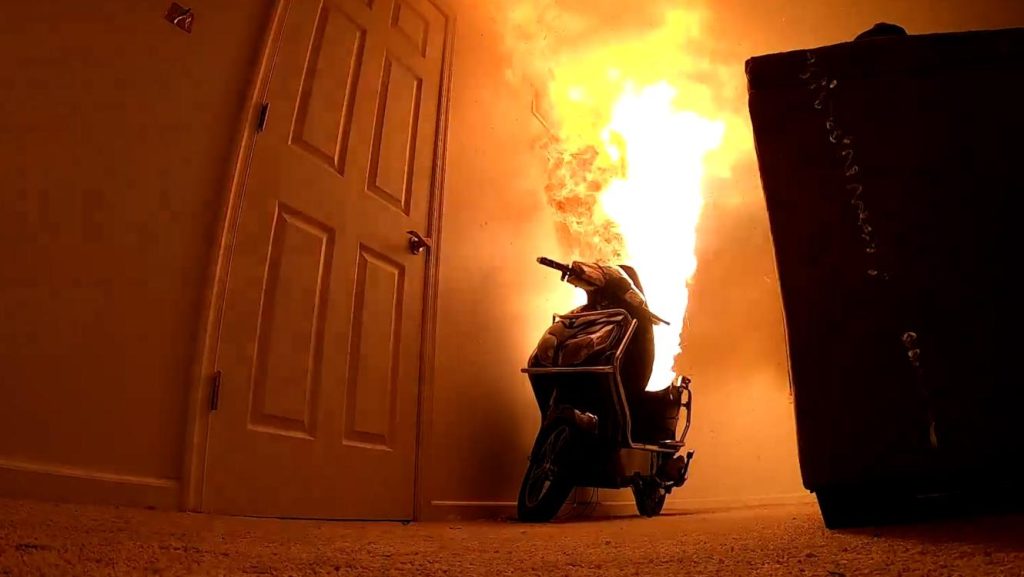
Tom Ronaldson, community education manager at Fire and Emergency New Zealand, said caution is needed when charging or storing battery-powered devices.
It is imperative that the correct charger is used for the device. If the battery is damaged, or feels hot to touch while charging, it must be disposed of and replaced immediately.
Avoid charging devices on soft surfaces or leaving them plugged in for extended periods, he added.


